Home → Fish & Wildlife → Wildlife → Species Planning
Species Planning
Managing Maine's Wildlife Populations to meet Society's Expectation
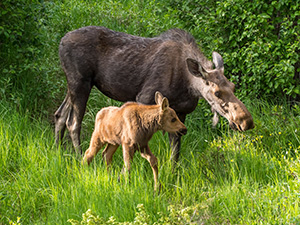
Implementing successful wildlife management begins with a well thought-out plan. To develop the plan, the Wildlife Division has developed a comprehensive species planning process that is a key component of Maine's Wildlife Action Plan (WAP). Maine's species planning process is a "state of the art" approach to managing Maine's wildlife populations to meet society's expectations.
History of Species Planning in Maine
The Maine Department of Inland Fisheries and Wildlife (MDIFW) initiated comprehensive planning in 1968 and has refined and expanded the process with each planning update. Initial plans were quite rudimentary; department biologists crafted species management goals and objectives that were reviewed by a 9-member public steering committee and a citizen's Advisory Council. In 1985, the department embarked on a major effort to entrust the public with establishing long-term, species management goals and objectives and required the public to entrust the department with developing management actions to meet the objectives.
Process is Species Driven
Maine's planning process is species driven. The department develops strategic plans for individual or groups of species across all major taxa:
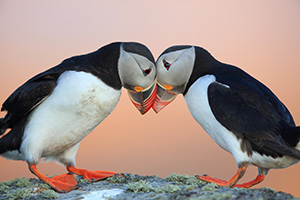
Ultimately, MDIFW intends to develop plans for most game species and all endangered and threatened species, as well as other species of greatest conservation need identified in Maine's WAP. The process is the same, regardless of species status.
For non-game species with no immediate management concern, Maine has initiated a habitat-based landscape approach to habitat conservation called Beginning with Habitat. This project is a collaborative effort of agencies and organizations working together to ensure Maine's outdoor legacy by integrating habitat conservation with town growth decisions. BwH not only provides for plants and animals, but also helps towns maintain coveted qualities such as rural character, traditional farming and forestry, and outdoor recreation.
Public Working Groups Set Management Direction
One meaningful evolution in Maine's planning process has been an expansion of public involvement in developing management goals and objectives within biological sideboards of a species assessment. A species assessment is compiled by a department biologist and is a collection of what is known about a particular species. It critically reviews current and past management goals and objectives, habitat availability, population size, and use and demand for hunting, trapping, and other wildlife-associated recreation. A final element is a discussion of future projections for habitat availability, population size, and use and demand for the resource. The assessment helps develop informed stakeholders and establishes common ground.
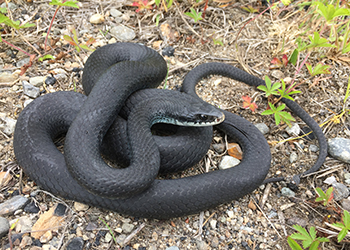
Photo Credit: Trevor Persons
The composition of public working groups is structured to ensure representation of a variety of interests (sportsmen's groups, environmental groups, landowners, tourism groups, concerned citizens, outspoken critics, etc.) as well as a geographical mix. Every effort is made to keep the group balanced. Members of working groups give freely of their time and advice and provide an essential element to the development of species management plans.
The Department conducts working group meetings in a manner designed to encourage active participation by group members while minimizing participation by department staff. Ground rules, agreed to by participants, seek to understand and respect others' perspectives, maximize participation, and move the process forward. A facilitator, often the department's wildlife planner, conducts each meeting, although occasionally a facilitator from outside the agency is hired.
Meetings are opened with a Department overview of the assessment for each species, followed by a discussion of the issues and concerns the working group believes are important to the management of that species or species group. Questions, issues and concerns, and the resulting goals and objectives are recorded and displayed during the course of the meeting. Subsequently, the Department distributes a meeting summary and related material to all working group members.
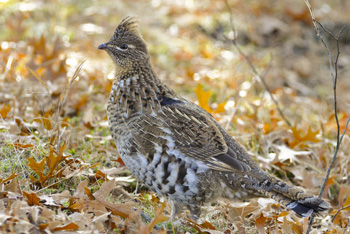
After the working group develops goals and objectives, the Department evaluates them based on:
- Desirability
- Feasibility
- Capability of the habitat
- Possible consequences
This identifies a number of associated problems and potential strategies of managing toward the goals and objectives. These reports are shared with the working group, and if warranted, the working group modifies the goals and objectives before the Department presents them to a 10-member citizen's Advisory Council for adoption. Once adopted, the goals and objectives become the Wildlife Division's "marching orders".
Management Systems Document How We Make Achievements
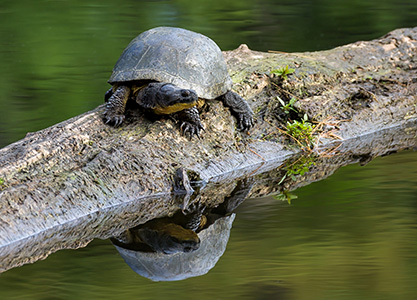
The second major evolution of Maine's planning process has been the development of management systems. These systems, designed by department biologists, document how the department will reach the goals and objectives by clearly defining data collection protocol, analyses, and interpretation. They also establish rules-of-thumb that drive management actions. These systems undergo regular evaluation and peer review allowing them to be dynamic, responsive, and adaptive.